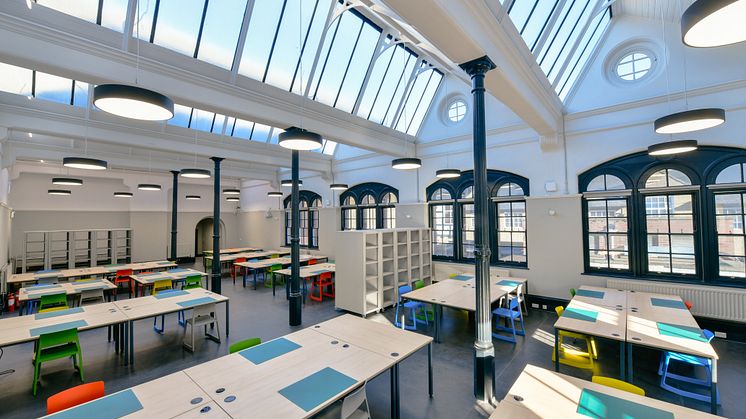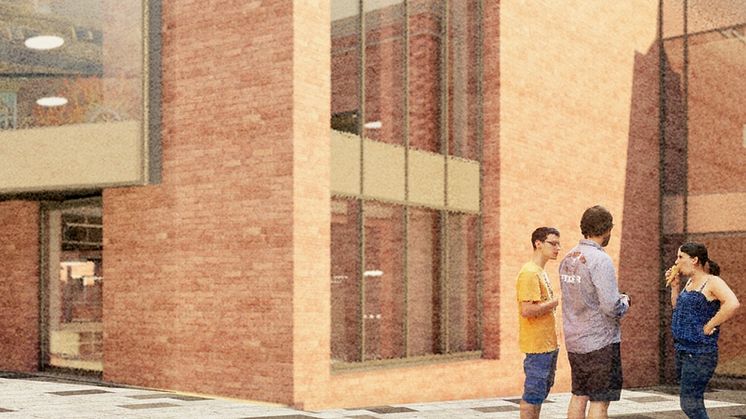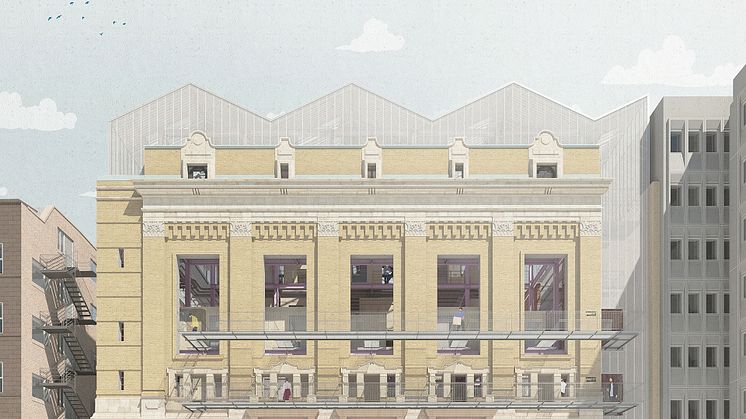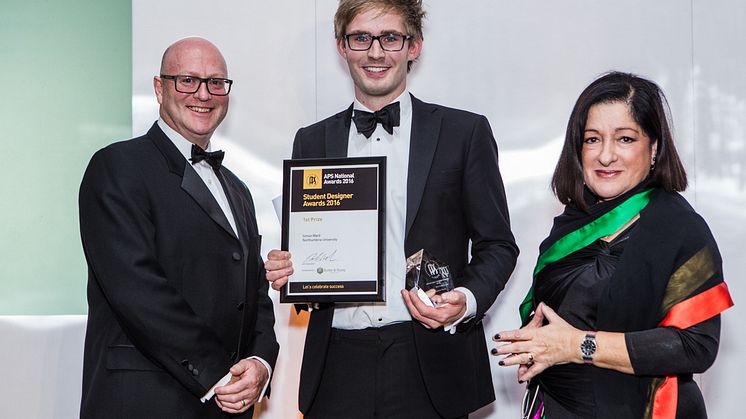
Press release -
Architecture past, present, and future explored in double book publication
Two books – one exploring homes over the past 400 years, the other the future of cities – have been published by architecture academics from Northumbria University.
Professor Ruth Dalton’s new book, Living in Houses, is a personal history of English domestic architecture in which she explores nine of the homes she has lived in throughout her life. The properties range from a Leicestershire cottage dating back to the 1650’s, to a 1980s housing estate in Camden.
Meanwhile Emeritus Professor Bob Giddings’ publication, The Future of the City Centre – Global Perspectives, explores the challenges faced by cities around the world, and considers the changes needed to ensure city centres thrive in the future.
Both Professor Dalton and Professor Giddings are based within Northumbria’s Department of Architecture and Built Environment.
The Future of the City Centre book was produced following a two-year-long research project, led by Professor Giddings and Dr Robert Rogerson of the University of Strathclyde, during which they travelled to four cities across four continents – Newcastle in the UK, Newcastle in Australia, Pretoria-Tshwane in South Africa, and Joao Pessoa in Brazil.
In each city they brought together representatives from local government, academia, charitable and community organisations, and businesses to discuss the changes taking place within city centres and different visions for the future of the city centre.
As Professor Giddings explains: “Each of the cities we researched had very different historical backgrounds, but we were surprised as how much commonality there was between them in terms of the challenges they face regarding the future of their city centres.
“The reducing demand for retail and commercial properties within city centres is happening all around the world and has been exacerbated by the global pandemic and the increasing digitalisation of the retail sector.
“The real debate now is how to encourage residential communities back into city centres. With this comes the issue of conflict between residents and the commercial and night-time economy, and the need for more green spaces for the physical and mental wellbeing of city centre residents, as well as visitors coming into the city centre from elsewhere.
“What we found was that the appetite for change is there, but the investment needed to put into place the ideas discussed during our research is a real issue.”
Professor Dalton’s book was more of a personal project, carried out during the Covid-19 lockdown and exploring the architectural stories behind nine properties – from the seventeenth-century rural cottage she lived in as a child, to the market town Regency Villa she has restored and currently lives in.
As she explains: “I realised that the homes I have lived in throughout my life span approximately 370 years and range from villages to cities, purpose built to converted buildings, and cover a wide variety of building materials and styles.
“As an architect this provided a fascinating opportunity to explore what this collection of houses could tell us about the history of housing in England, the importance of place, the meaning of home, and from an architectural point of view what I could learn from living in each of them.”
Each chapter of Living in Houses reflects on Professor Dalton’s experience of living in each of property, exploring the building’s history, design and layout, illustrated with architectural drawings and photos. There is also a discussion around lessons learnt from each house and historic period and a comparison with contemporary houses which use similar materials, construction techniques or ideas.
Northumbria’s Department of Architecture and Built Environment is based in new state-of-the-art architecture studios, designed by Page\Park Architects, who have won over 150 national and international design awards. An extension of Northumbria’s historic 19th century Sutherland Building, the new studios opened in early 2019, providing world-class facilities for architecture students.
Architecture and Built Environment at Northumbria encompasses teaching, research and enterprise in Architecture, Interior Architecture, Quantity and Building Surveying, Real Estate and Housing.
The department was ranked 11th in the UK for research power in the 2021 Research Excellence Framework, with its building/construction programmes ranked in the top 10 in all major UK University league tables.
Find out more about the Future of the City Centre research project at www.futurecitycentre.com/
Topics
Categories
Northumbria is a research-intensive modern university with a global reputation for academic excellence. Find out more about us at www.northumbria.ac.uk --- Please contact our Media and Communications team at media.communications@northumbria.ac.uk with any media enquiries or interview requests ---














